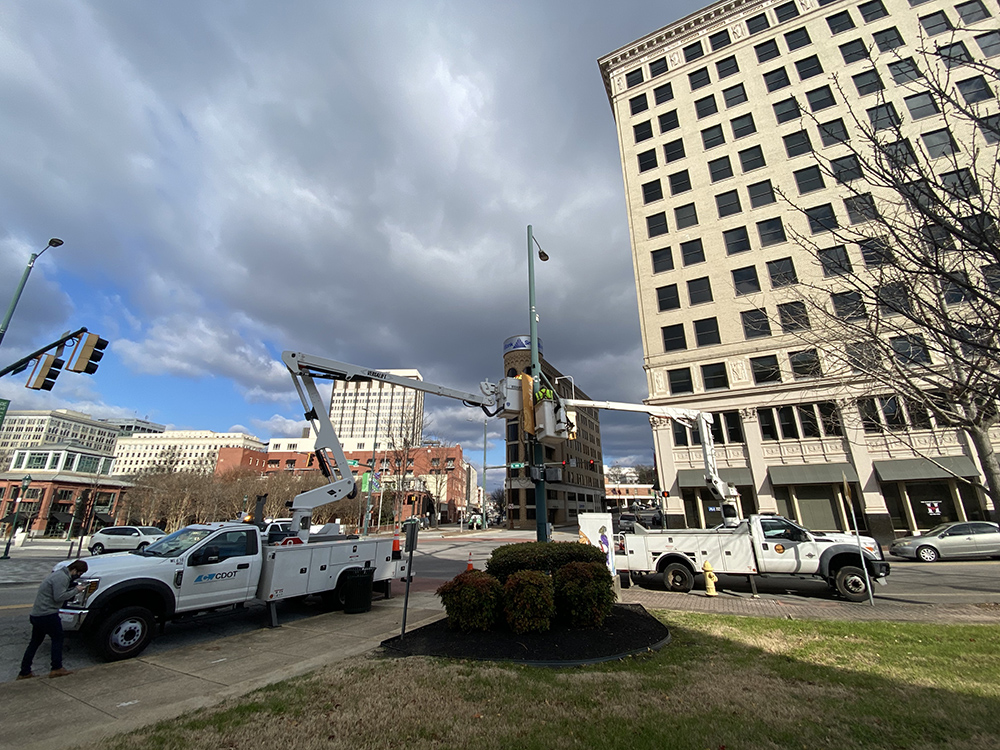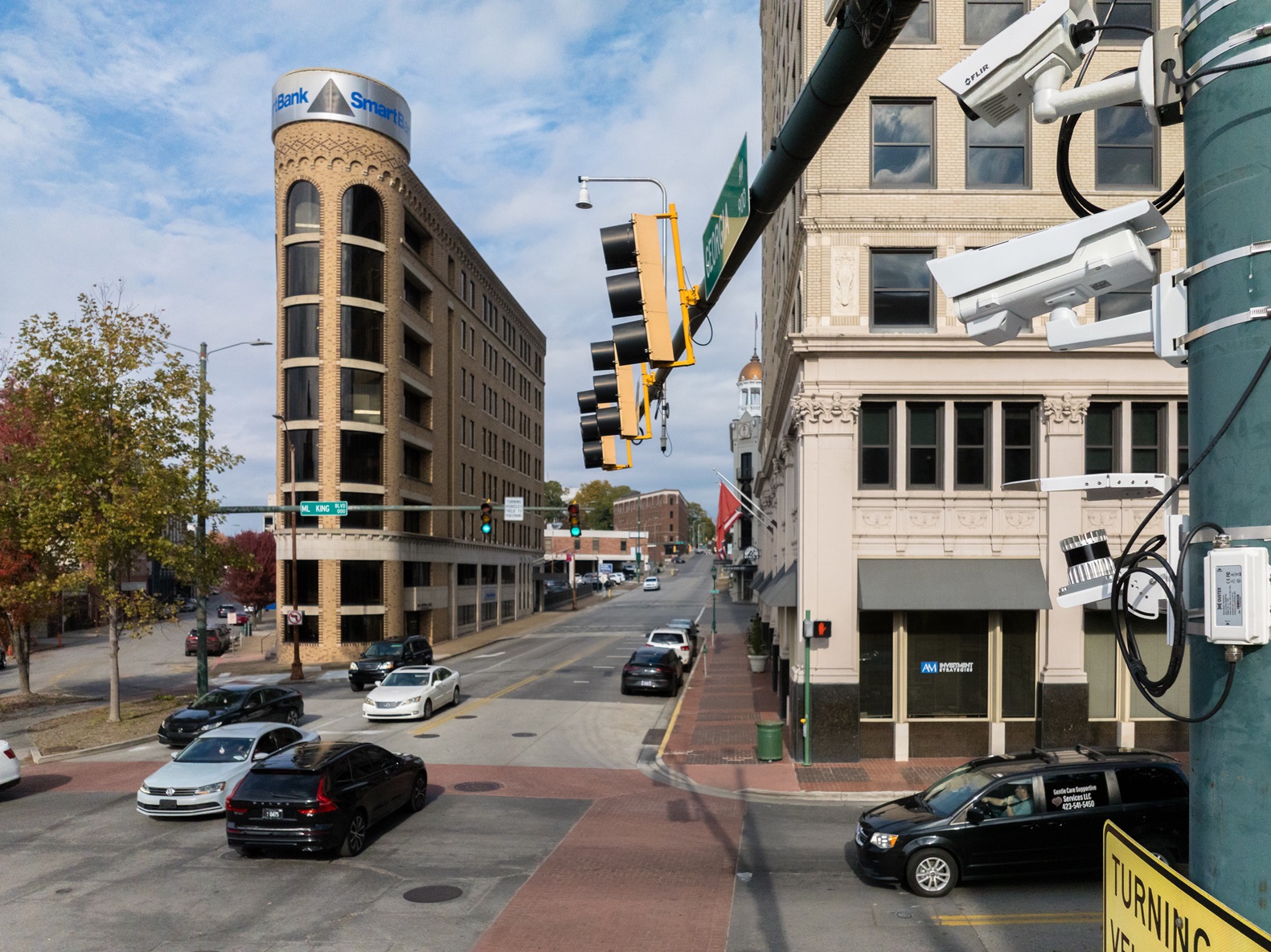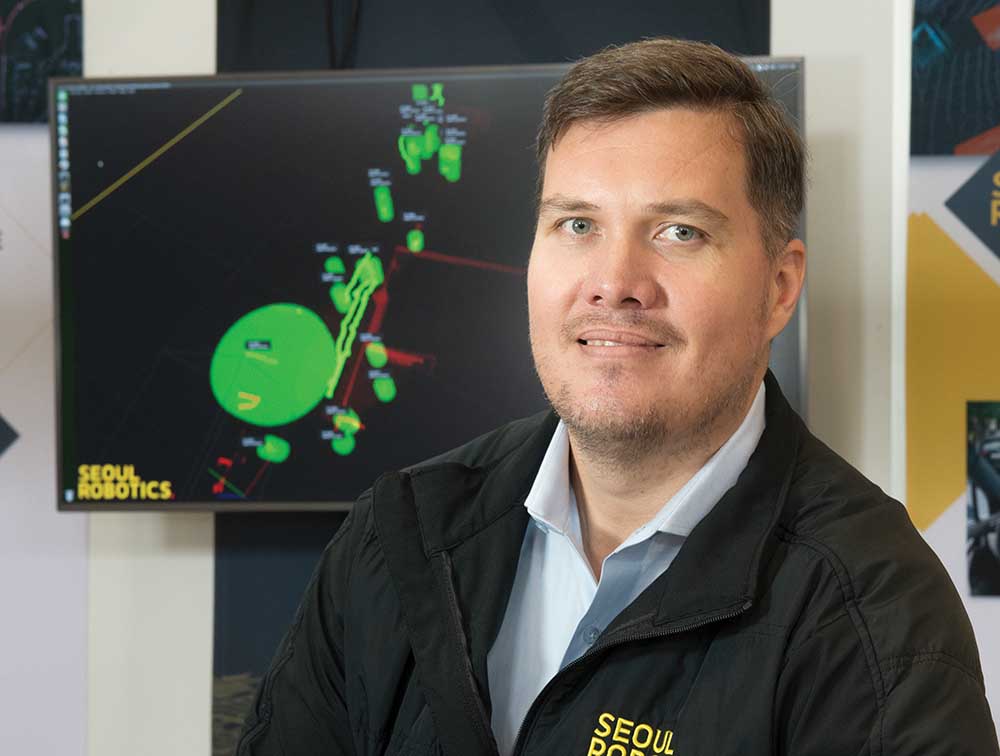
It doesn’t have to be like this: pedestrian safety can be taken to new dimensions using 3D data, as attendees to special interest session SIS49, from 08:00 – 09:30 on 27 April will learn. All that’s needed is adequate data.
As 3D perception gained visibility, thanks to autonomous vehicles, cities realised that the same technology used to provide deep insights and avoid collisions could also be used to capture a stronger picture of an environment, including how pedestrians, cyclists, and vehicles interact. However, cities do not have massive, unending budgets to build solutions and usually only update their technology every few decades.
For these reasons, they need solutions that are robust, dynamic, and can deliver value for multiple departments and outcomes.
Leaders from the University of Tennessee at Chattanooga Centre for Urban Informatics and Progress (CUIP) and Seoul Robotics will share insights into how cities can collaborate with emerging technology providers to source and leverage valuable data to enable strategic decisions to improve safety.
Don’t miss this session because it will provide insight into how other city leaders can collaborate to effectively implement emerging technology to build smarter cities that improve pedestrian safety and create a better quality of life for their constituents. Audience members will gain a deep understanding of the various ways 3D data can inform city planning, and the impact these insights can provide for today and for the future.


















